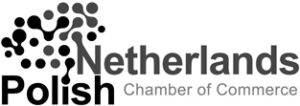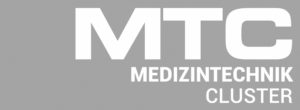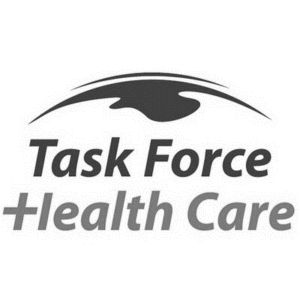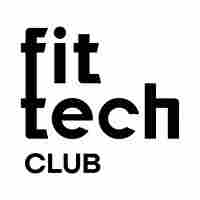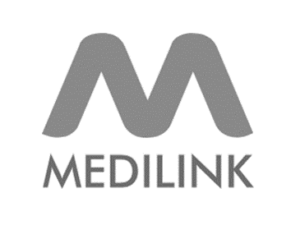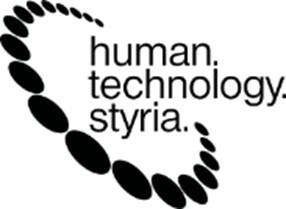One essential part of the tele-medicine applications and devices are small, reliable, non-invasive or less-invasive (as possible) sensors. That’s the reason why in this area a lot of research and innovation is needed. One example is here…
Multi-tasking microneedle sensor tracks glucose, alcohol and lactate levels in real time. Wearable sensors that monitor biomarkers in biofluid just under the surface of the skin (wirelessly, painlessly and in real-time) could be of wide medical benefit. Such devices could measure glucose for diabetes management, for example, support the individualization of prescription drug dosing and automatic drug delivery, or even monitor alcohol levels in the body.
Researchers at the University of California San Diego developed a device with:
➡️ miniaturised, fully integrated microneedle sensor
➡️ multitasking and continuous monitoring features
➡️ compactness and low-power operation
➡️ disposable sensor (the microneedle array)
➡️ reusable electronics (powered by a 30-day rechargeable battery)
➡️ low costs and easy replacement of the disposable elements.
By filling the current gaps between research and commercialization, the current work presents a leap forward in the field and can accelerate the emergence of next-generation, patient-centred remote monitoring wearable sensors, thereby offering a pathway to transform digital healthcare as we currently know it.
Physicsworld: https://physicsworld.com/a/multi-tasking-microneedle-sensor-tracks-glucose-alcohol-lactate-levels-in-real-time/
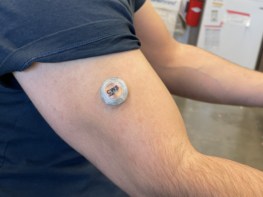
If you would like to see more interesting posts, visit our knowledge database: https://thaumatec.com/knowledge/

